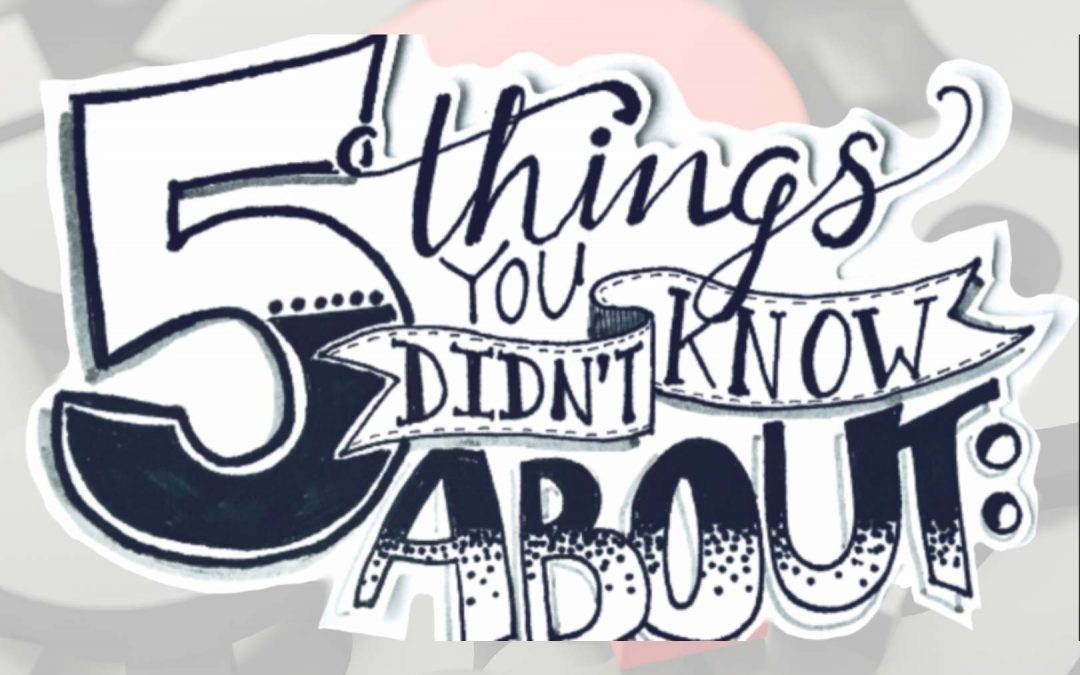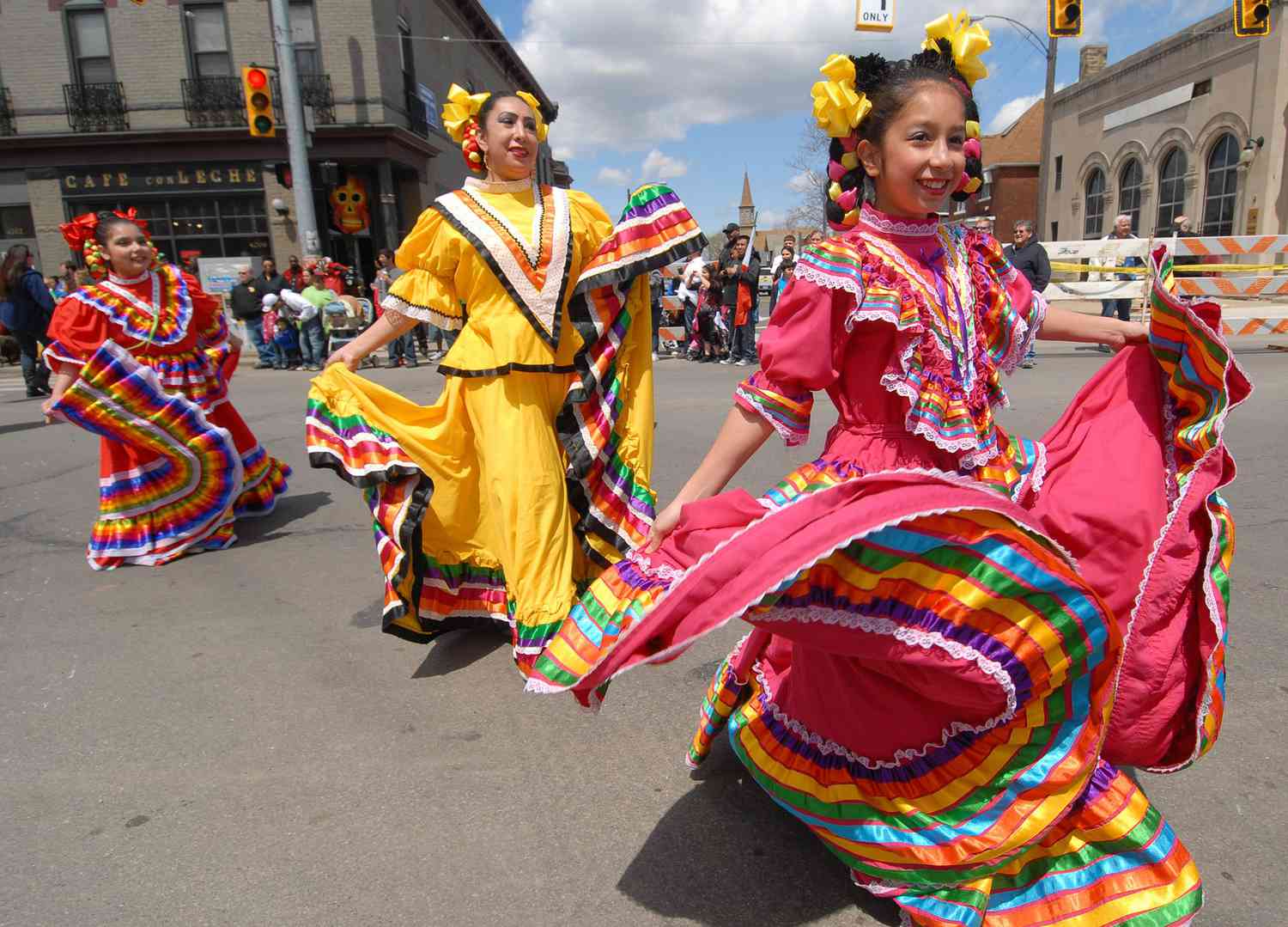1. Cinco de Mayo Isn’t Mexico’s Independence Day
Cinco de Mayo is often confused with Mexican Independence Day, but it actually commemorates a significant battle during the Franco-Mexican War that took place in a town called Puebla. The Mexican Army, who were considered the underdogs, ended up overtaking the French and came out victorious. Mexican Independence Day, on the other hand, actually occurred on September 16, 1810—about 50 years earlier.
2. The Mexican Army Beat Crazy Odds
The Mexican Army was largely outnumbered and poorly supplied. In fact, they were known as a rag-tag army and only had outdated guns at their disposal. And yet, as little as 2,000 Mexican soldiers—some of whom hid behind tall cactus plants—defeated 6,000 French soldiers during the battle, which lasted from daybreak to early evening.
3. The General Was Honored in a Super Special Way
Ignacio Zaragoza was the Mexican general who led the army that defeated the French on May 5, 1862. He was born in what’s now Goliad in southern Texas and was only 33 years old when he led his troops to victory. Puebla was renamed Puebla de Zaragoza in his honor.
4. Families in California Partied First
A few weeks after the Battle of Puebla, Americans and Latinos in California heard about the valiant efforts of Mexican soldiers through newspaper reports. Residents in the state were so excited, they celebrated with parades of people dressed in Civil War uniforms. And in Northern California, one town partied with drinks, food and banquets—it was most likely the first Cinco de Mayo fiesta in the United States!
5. FDR Helped Commercialize Cinco de Mayo
Although it was celebrated in the United States just weeks after the Battle of Puebla, Cinco de Mayo wasn’t officially recognized in America until 1933. That’s when President Franklin D. Roosevelt helped create the “Good Neighbor Policy” which aimed to establish positive exchanges and relationships with our Latin American neighbors.



Comentarios recientes